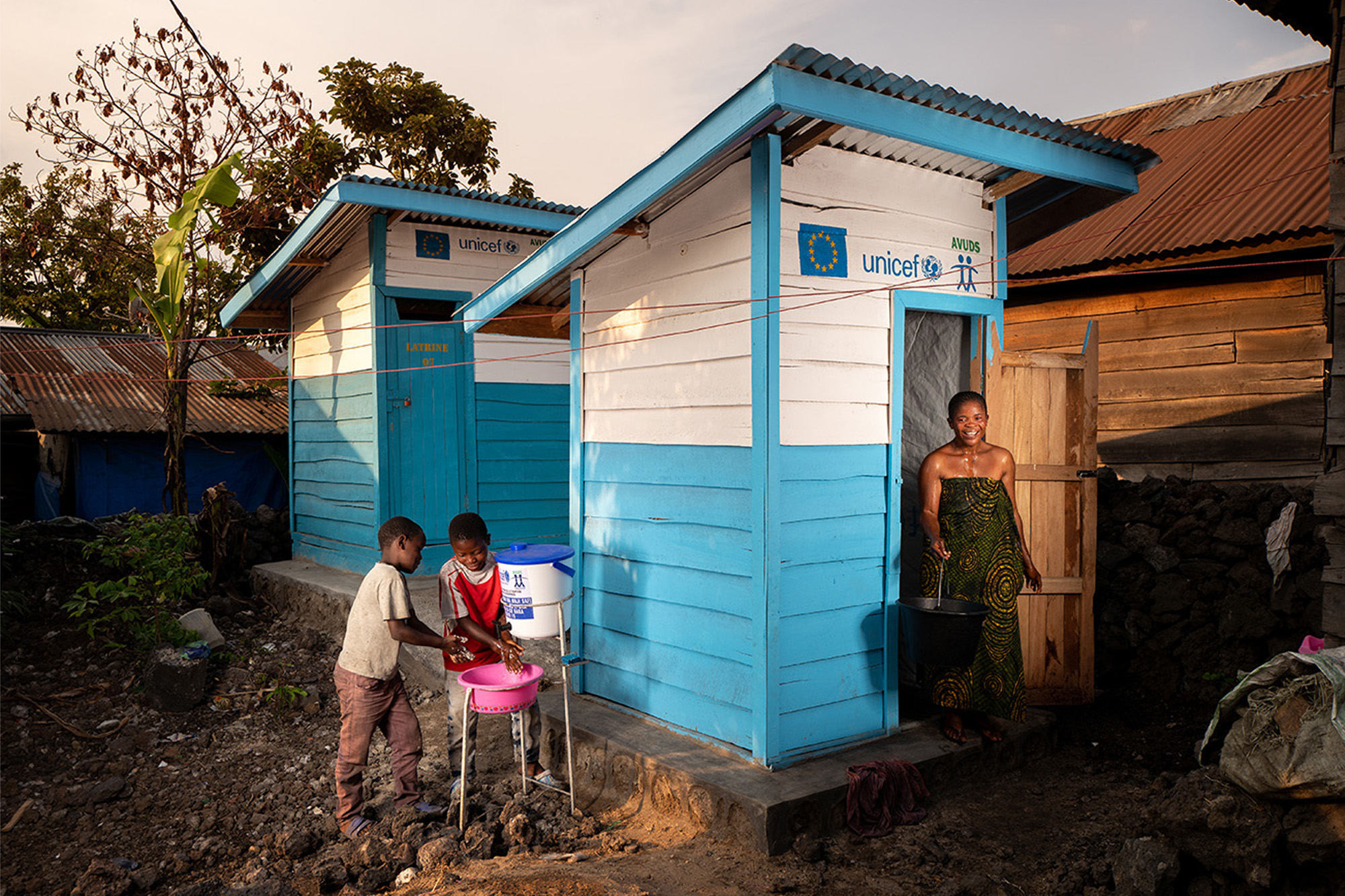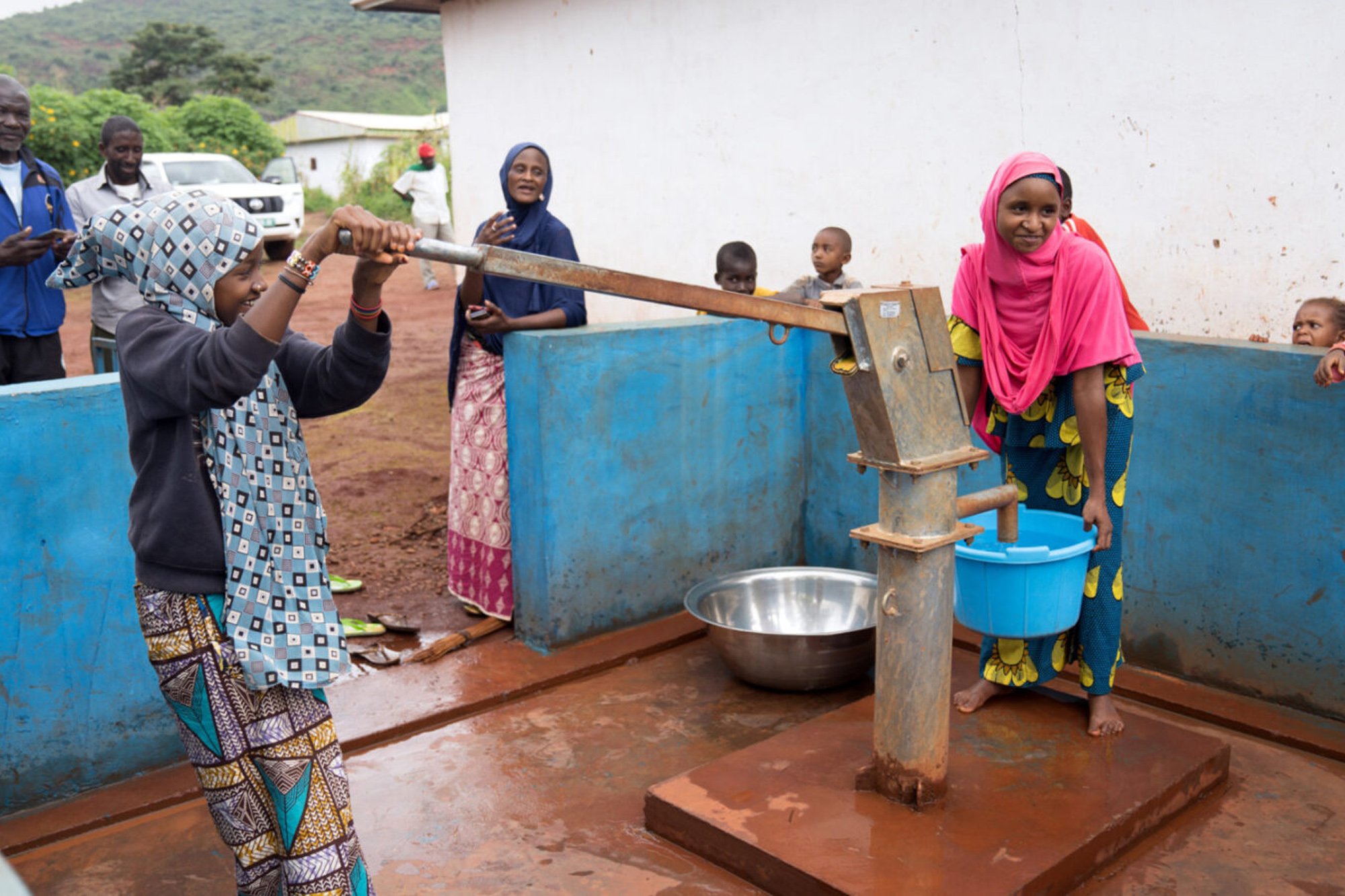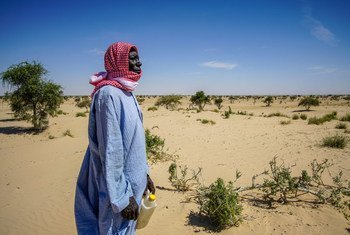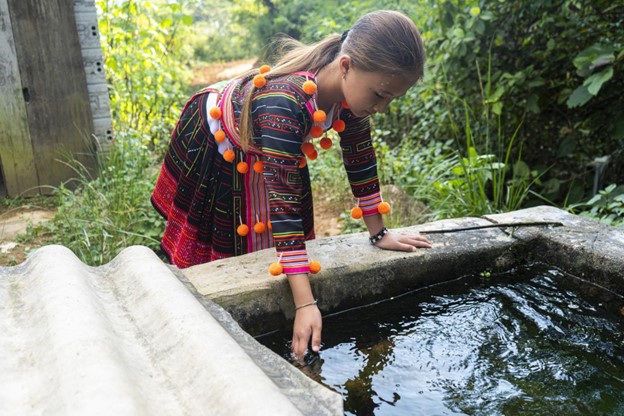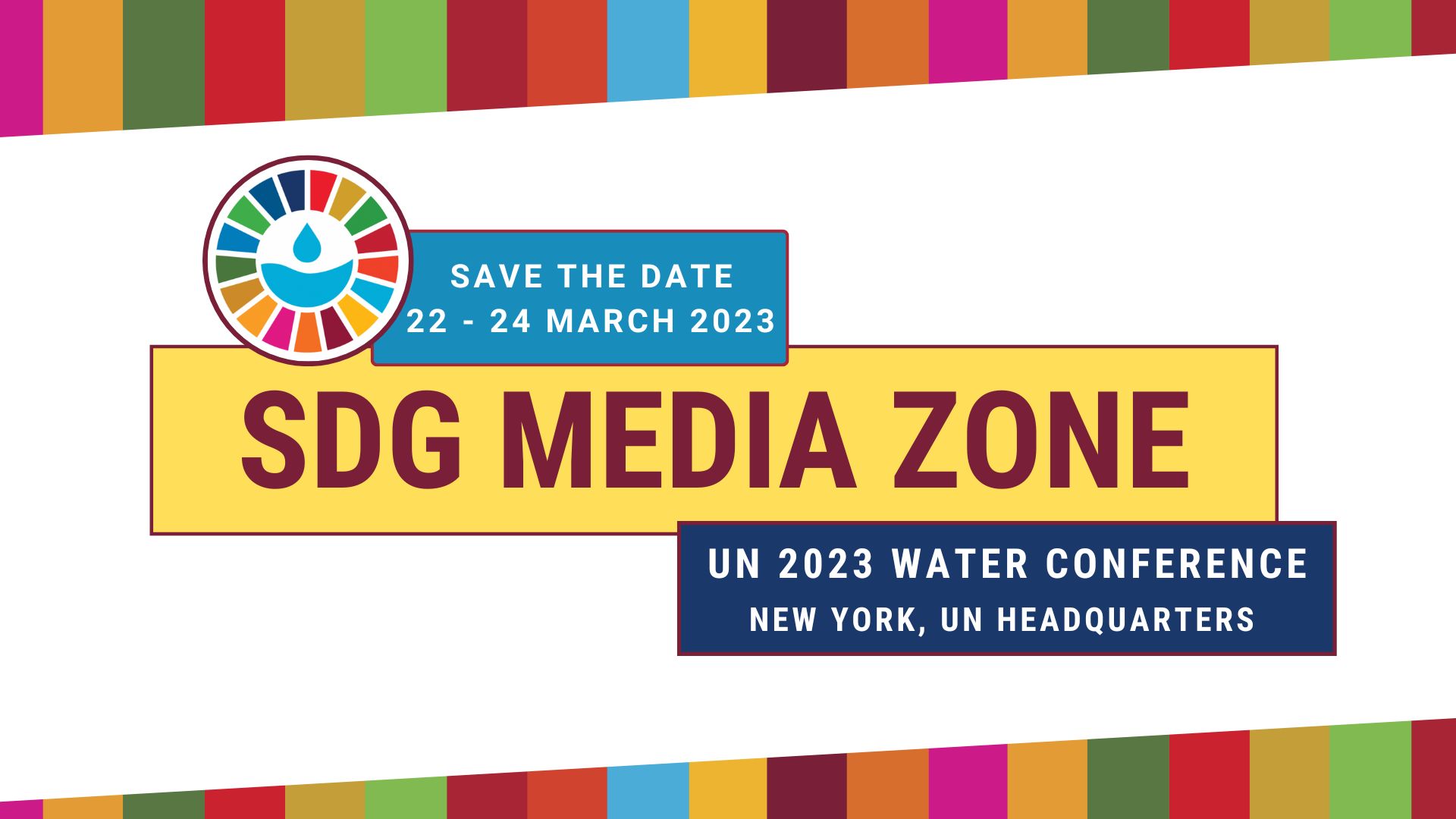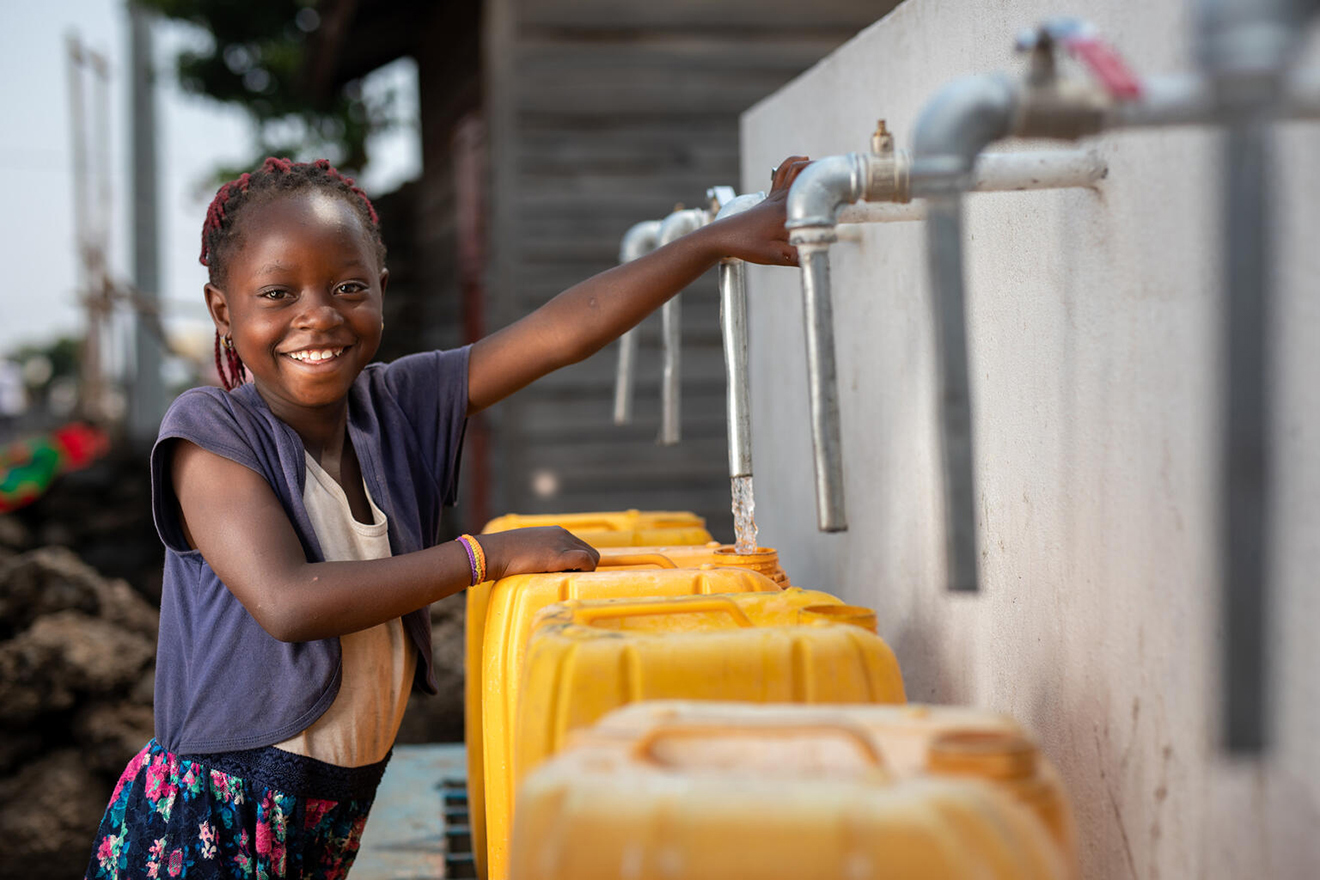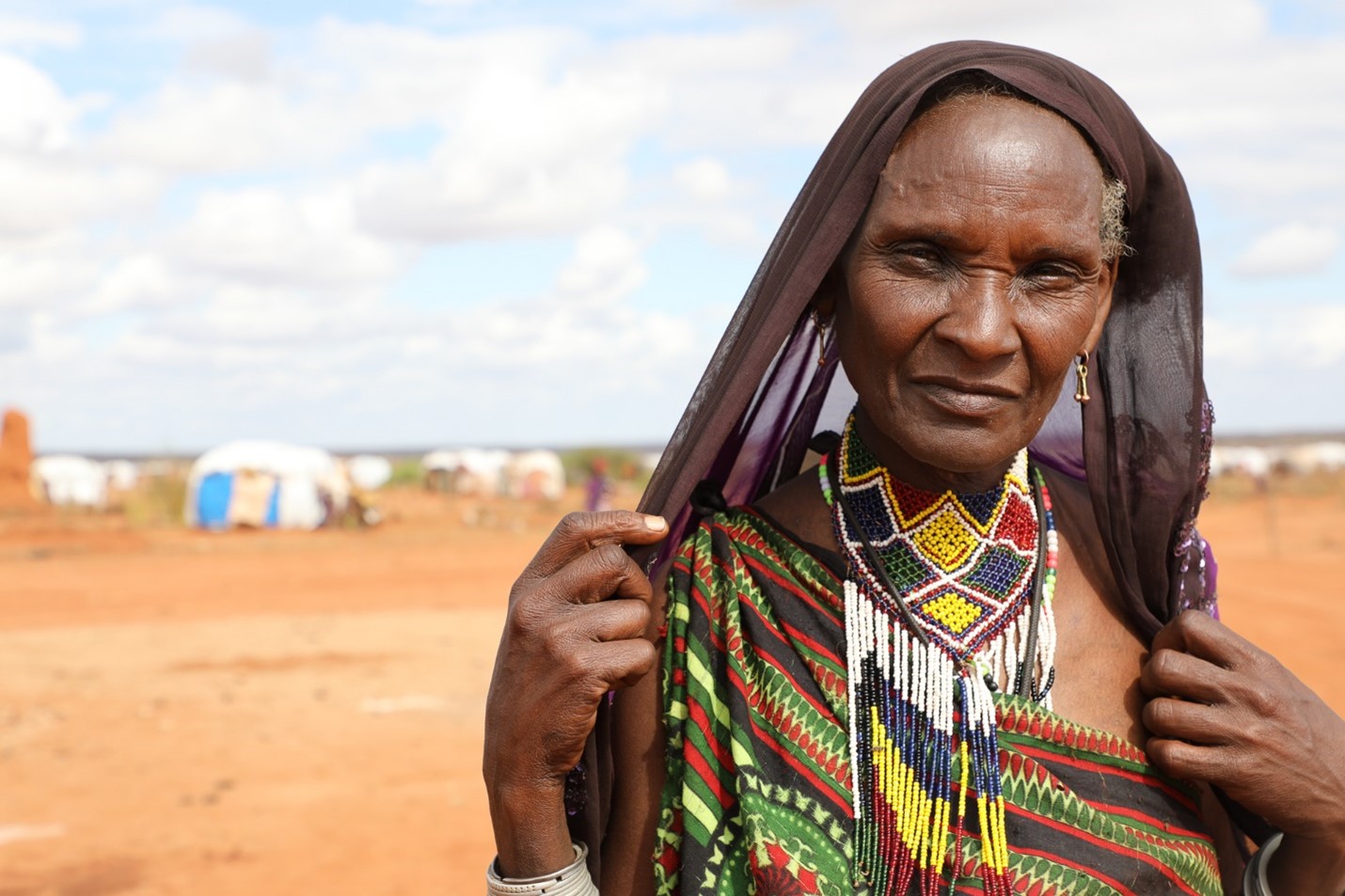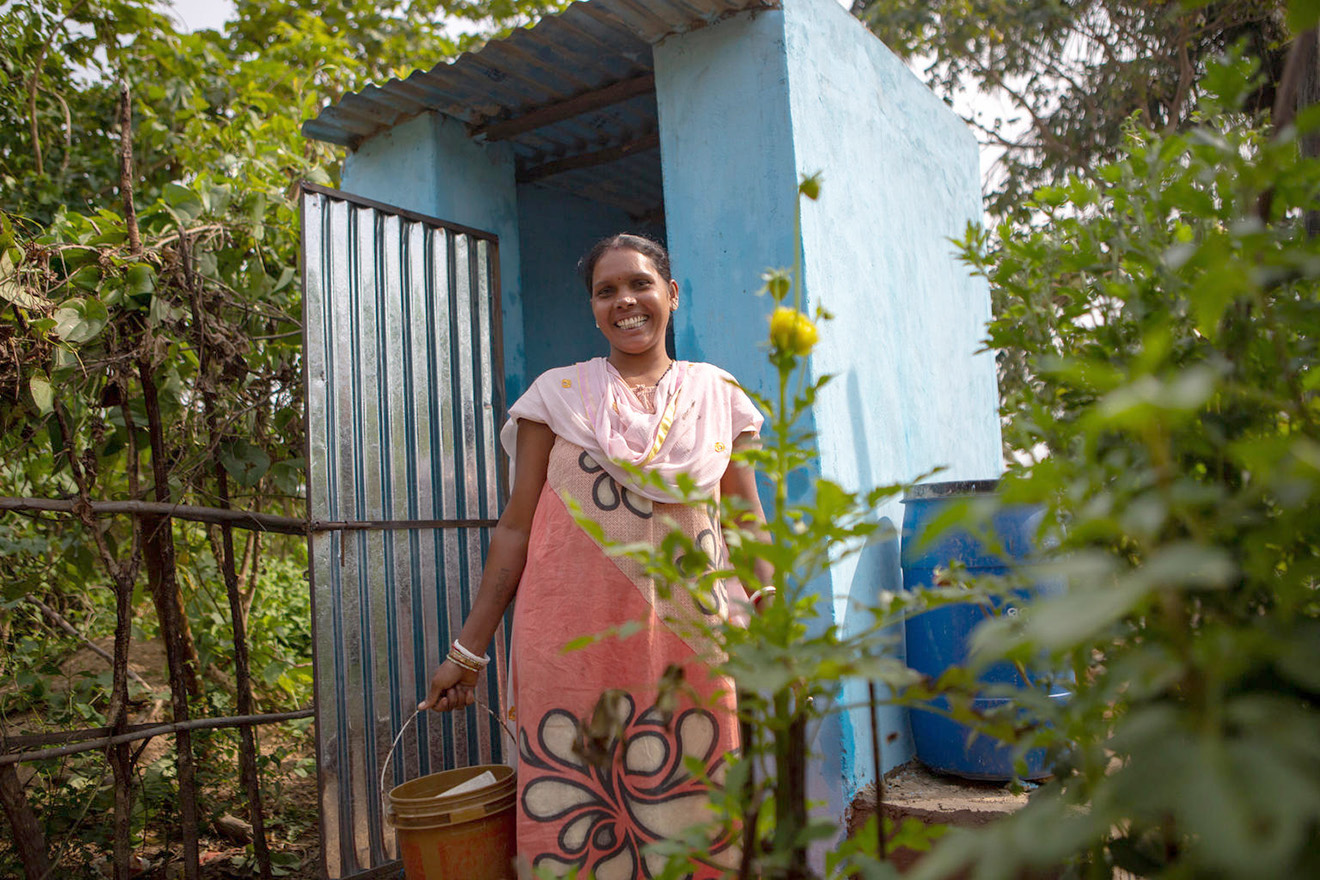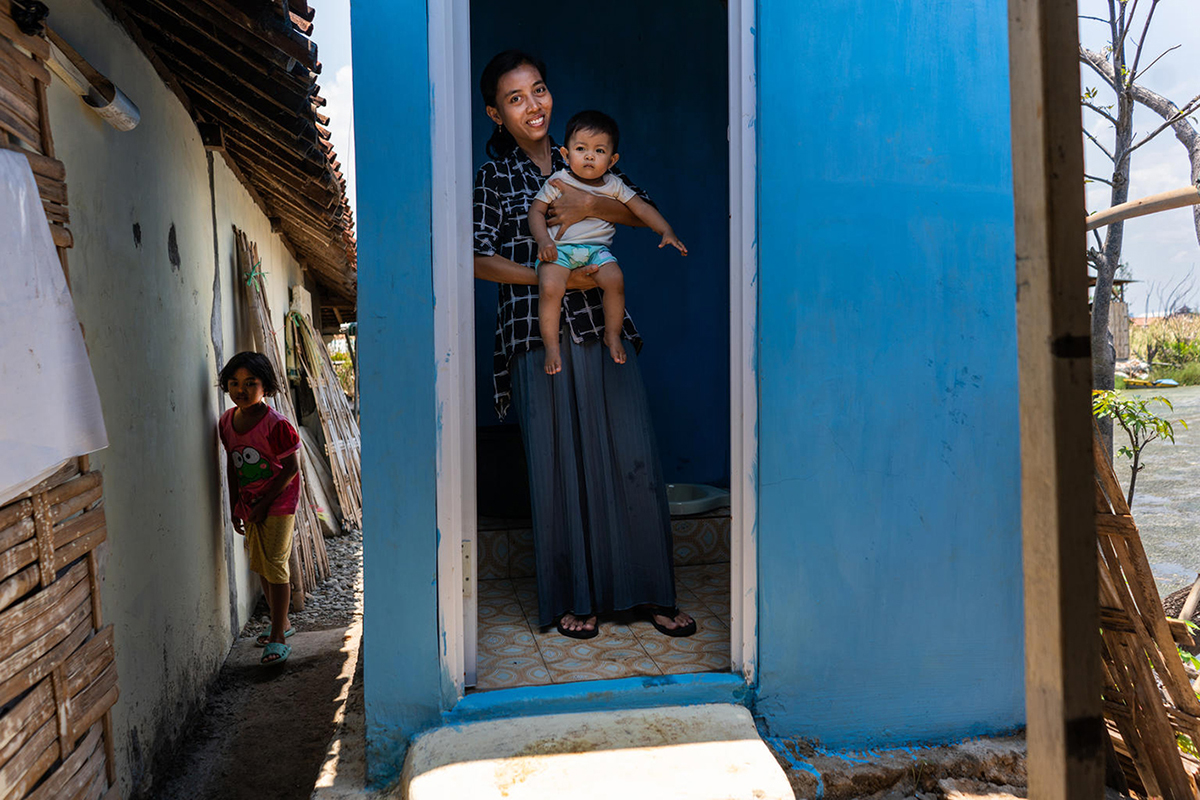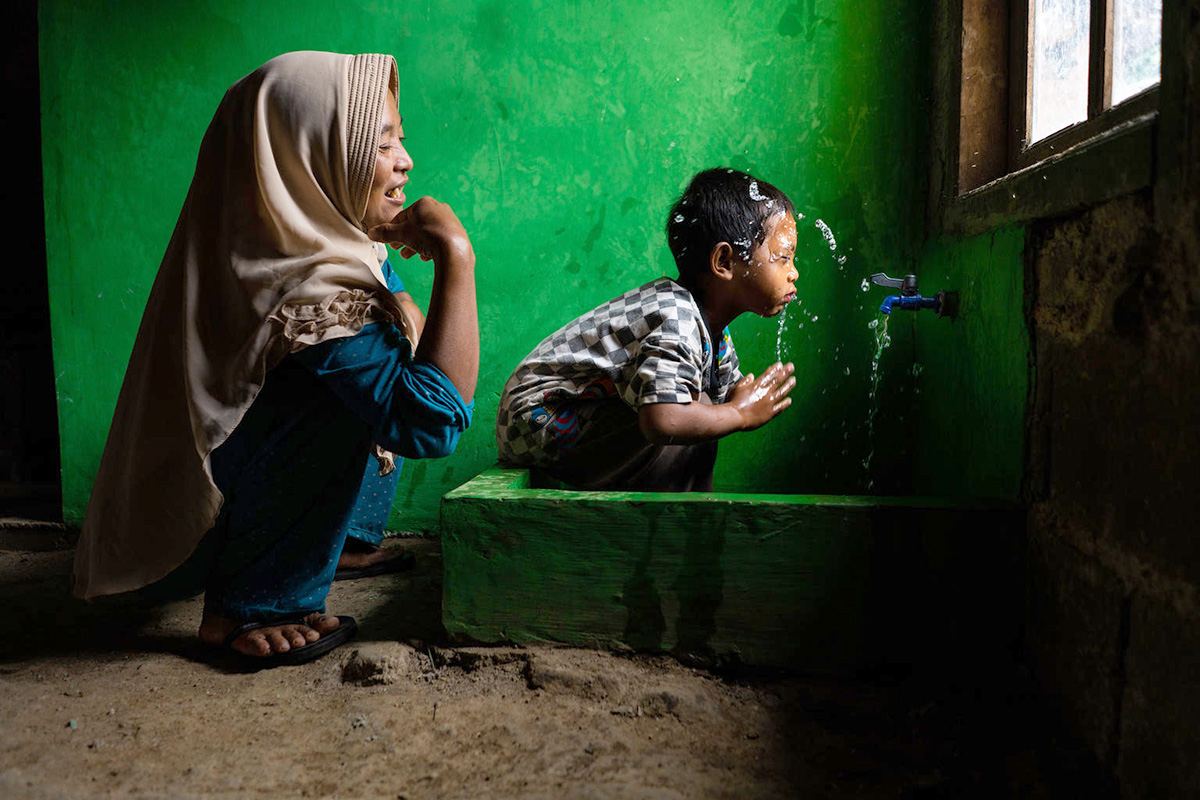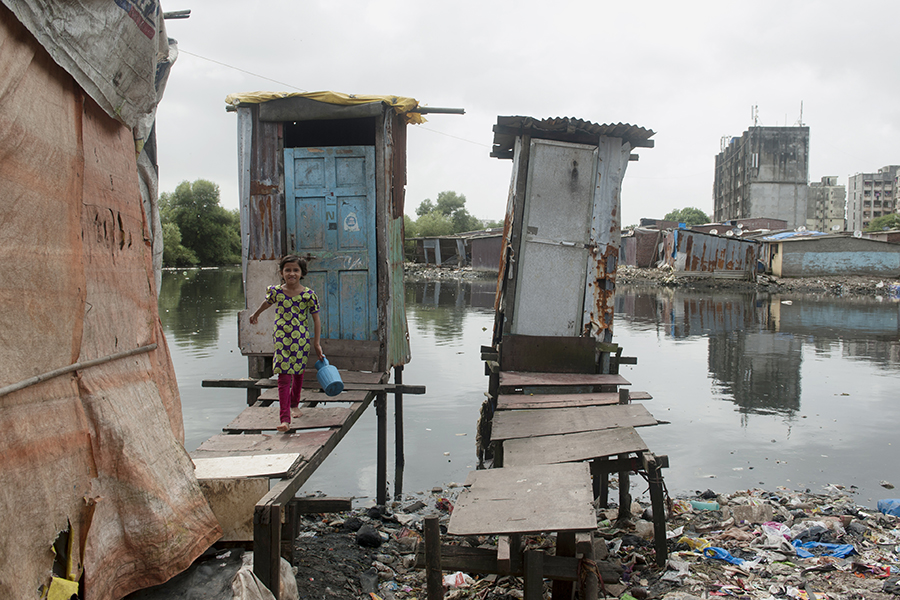World Toilet Day (19 November) highlights the critical need for safe sanitation access for everyone. ‘Safe toilets for all by 2030’ is one of the targets of Sustainable Development Goal 6 – but the world is seriously off track: 3.5 billion people lack proper sanitation, endangering health and peace. The 2024 theme, “Toilets – A Place for Peace,” emphasizes that resilient sanitation systems protect communities from conflict, disasters, and disease. Be part of the global campaign, discover the connection between toilets and peace, and spread the word about these UN Water resources.
SDG 6: Clean Water and Sanitation
Billions of people still live without safely managed water, sanitation and hygiene services. The latest data show that, despite dedicated efforts, global advancements are falling short of achieving all eight targets of SDG 6, which aims to ensure access to water and sanitation for all. At the World Water Week, being held in Stockholm (25-29 August), the UN-Water Integrated Monitoring Initiative for SDG 6 (IMI-SDG6) will launch a series of progress reports to help policy- and decision-makers identify challenges and opportunities, set priorities and generate support for further investment.
Toilets are a foundation stone of public health and play a critical role in protecting the environment. However, we are currently falling behind on our goal of providing safe toilets for all by 2030, with 3.5 billion people still lacking access. The world needs to work five times faster on average to meet this target on time. The World Toilet Day 2023 campaign (19 November) urges people to be like a hummingbird, the symbol of this year, and take simple but mighty steps to accelerate the change towards improved sanitation for all. What can you do? Choose your favorite action.
Waterborne diseases, such as cholera are endemic in Cameroon, where outbreaks have been reported every year for the past six years. Between 2022 and 2023, almost 1,900 cases of cholera were confirmed, and hundreds of deaths were recorded. In the rural municipality of Koutaba, located in western Cameroon, most people rely on extracting clean water from deep underground. Unfortunately, the deteriorated infrastructure, or lack thereof, has made it challenging to access clean water. With funding from the Korean International Cooperation Agency (KOICA), UNOPS is working with the government of Cameroon and local communities to provide clean drinking water to more than 120 villages, distributed across three different regions of the country.
This year’s UN World Water Development Report warned of a global water crisis, unless international cooperation is rapidly stepped up.
On this week’s episode of The Lid Is On, recorded the day after the release of the study on 21 March, Conor Lennon speaks to Richard Connor, the editor-in-chief of the report, Kristin Meyer from the UN Office for Disaster Risk Reduction (UNDRR), and Neil Dhot, from the International Federation of private water operators.
The conversation took place as part of the SDG Media Zone sessions at the UN Water Conference, held between 22 and 24 March.
Safe water is essential to life itself. No one stands to suffer from the consequences of water insecurity more than children. By 2030, half of the global population is expected to be living in water-stressed conditions. A deadly combination of disease, climate risks, and unsafe water, sanitation and hygiene creates a triple threat for children. Competition for water resources will only intensify with increasing urbanization, population growth and the threat of climate change. UNICEF examines the countries that face the greatest risk and where the WASH investments are at its lowest and how to mitigate these factors.
The UN 2023 Water Conference aims to raise awareness of the global water crisis. Join the conversation in the SDG Media Zone on the transformation and solutions needed to achieve SDG 6 and hear how the global community is accelerating progress towards this goal.
In 2015 the world committed to ensuring access to water and sanitation for all by 2030. But we are seriously off-track. Billions of people are being held back, because this promise is not fulfilled. World Water Day 2023 (22 March) is about accelerating change and encouraging individuals to “Be the change” through actions. This year, the observance coincides with the UN 2023 Water Conference (22-24 March, New York), a once-in-a-generation opportunity to unite the world around solving the water crisis by designing a Water Action Agenda for a rapid change in the remainder of this decade.
“This drought is not slowing down anytime soon, but we must carry on living. The water we receive has saved my life, my children and grandchildren’s lives. I cannot afford to lose them too,” Tume says. Her country, Ethiopia, is in the grip of a devastating drought – the severest the country has seen in almost 40 years. This year, the IOM started providing water trucking support to provide a lifeline for IDPs. IOM trucks 40,000 litres of water, as well as water and sanitation equipment, each day to Dubuluk IDP site, which serves an estimated 5,300 people.
This World Toilet Day 2022 focuses on the impact of the sanitation crisis on groundwater, the most abundant source of freshwater. “Making the invisible visible” explores how inadequate sanitation systems spread human waste into rivers, lakes, and soil, polluting underground water resources. However, this problem seems invisible because it happens underground and affects the poorest communities. We need to work four times faster if we want safe toilets and reliable water resources for all by 2030. We still have 3.6 billion people without access to a safe toilet. Help us!
In northern India, UNOPS is partnering with the government of Denmark and Jal Jeevan Mission to lay the foundations for healthier communities through improved access to clean water and sanitation facilities. Watch the video to discover more.
By 2050, the Word Economic Forum predicts that over 1.3 billion people in Africa will call a city home. As urban areas continue to grow, the burden on already struggling sanitation systems will become much too heavy. As newcomers arrive in already crowded urban areas, they often settle in informal settlements that lack access to basic services like sanitation, negatively impacting the people living there. Ensuring sanitation infrastructure can adequately deal with current needs and cope with future demands is vital. Existing waste management systems and infrastructure need to be adapted.
Who cares about toilets? 3.6 billion people do. Because they don’t have one that works properly. Life without a toilet is dirty, dangerous, and undignified. There will be no sustainable future without toilets. Governments must work four times faster and ensure toilets for all by 2030. This World Toilet Day (19 November), let’s value toilets and draw attention underfunded sanitation systems, poorly managed or neglected in the poorest communities. Help half of the world population by spreading the message!
Wastewater and sludge from toilets contain valuable water, nutrients, and energy. Safe reuse of human waste reduces and captures greenhouse gas emissions for energy production and can provide agriculture with a reliable source of water and nutrients. Sustainable sanitation systems begin with a toilet that effectively captures human waste in a safe, accessible, and dignified setting. World Toilet Day (19 Nov) celebrates toilets and raises awareness of the 4.2 billion people living without access to safely managed sanitation. Get the message out!



